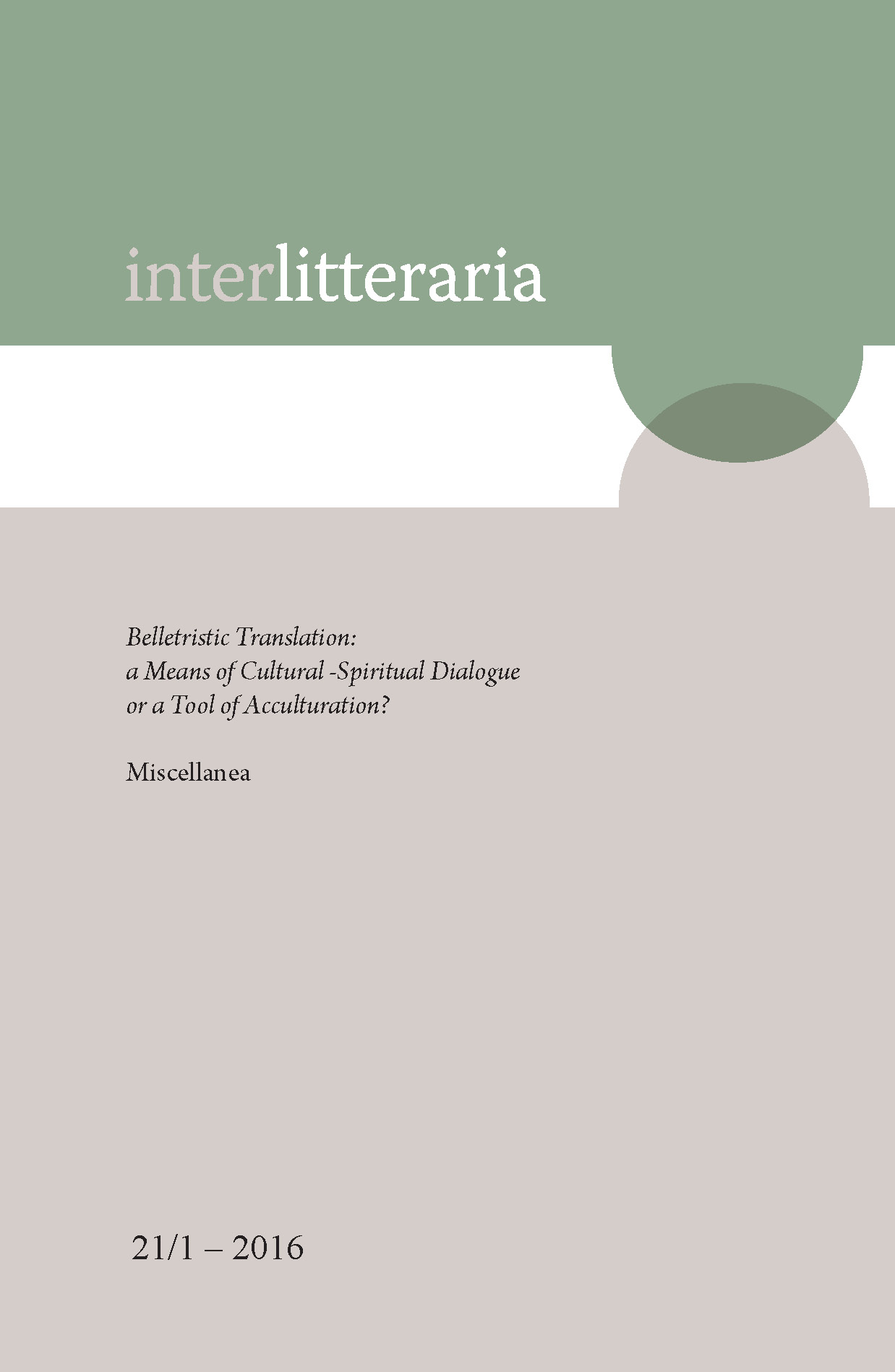Method and Theory: On the Compilation of a Collection of Texts in Estonian Translation History
DOI:
https://doi.org/10.12697/IL.2016.21.1.4Keywords:
translation history, theory of translation, literary translation, history of literature, translatorsAbstract
Translation history is a part of cultural history and a necessary component of any literary history, but documenting it may prove to be a challenge. The present article is an attempt to describe and exemplify an ongoing project of mapping Estonian translation history through metatexts on translational issues based on the writings of translators, editors and other figures close to translation throughout Estonian literary history. The reason for collecting translational thought into one compilation lies in the importance of translation for Estonian culture both retrospectively as well as keeping in mind the future of translation and language policies and practices.
The article is thematically divided into two parts. The first part is concerned with the analysis of already existing methodologies for compiling translation histories. Still, in order to get a comprehensive picture, different angles have to be considered and different methodologies applied on the material that has come down to us. Thus, what follows is the description of the ongoing project and its slightly different, empirics driven methodology.
The second part of the paper gives an insight into one of the seven major topics that have emerged from the work with the texts in Estonian translation history. It is based on the discussions whether practitioners need theory, or more generally, what is translation theory and who needs it? The examples are taken from the articles and interviews with Estonian practicing translators and people close to translation such as literary critics, editors, etc. and cover the second half of the 20th century up to the contemporary times. Our aim was to show practitioners as theorists and thus narrow the gap between theory and practice of translation which has proved to be a general problem also in other cultural settings, end even currently when translation studies has established itself as a discipline. The issue has been discussed by many prominent translation studies scholars and the present article will take the opportunity to introduce their points of view.
Downloads
Downloads
Published
Issue
Section
License
The contents of Interlitteraria are published under CC BY-NC-ND licence.


